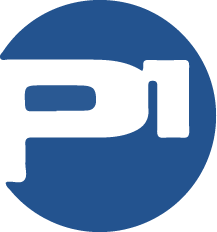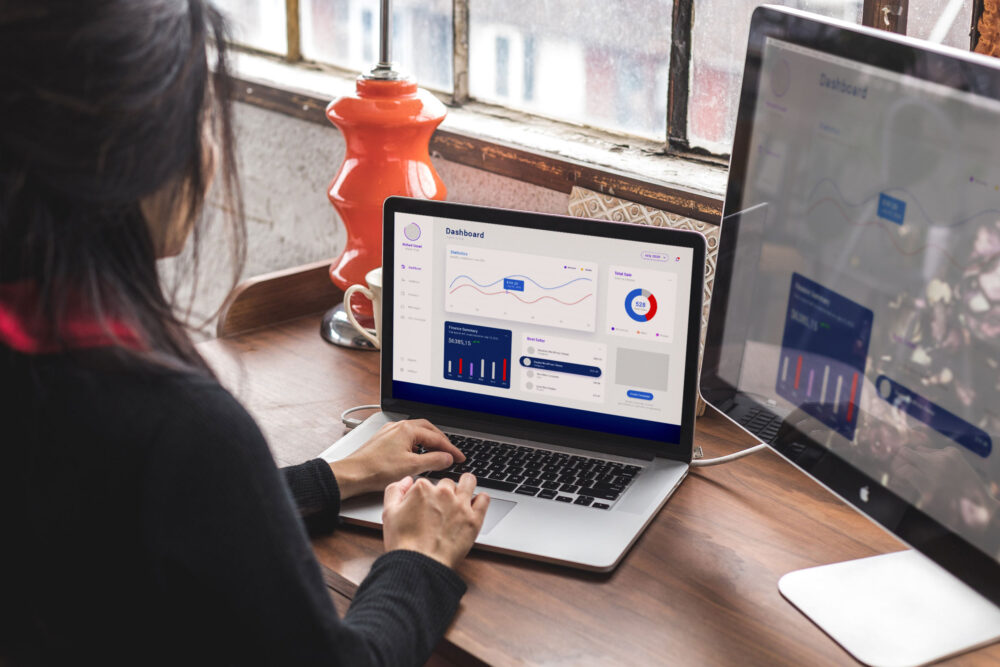
CNC Milling at P1 Manufacturing
CNC milling, also known as computer numerical control milling, is a machining process that involves the use of a computer-controlled machine to remove material from a workpiece using rotary cutters. This technology has revolutionized the way that complex parts are manufactured, and has become an essential part of modern manufacturing.
The CNC milling process begins with the creation of a digital model of the part to be produced. This model is typically created using computer-aided design (CAD) software, which allows designers to create highly detailed and precise 3D models. Once the model is complete, it is loaded into the CNC milling machine and the cutting process can begin.
The milling machine uses a series of rotary cutters to remove material from the workpiece. The cutters are mounted on a spindle, which rotates at high speed to cut through the material. The cutting process is controlled by a computer program, which tells the machine how to move the cutters and at what speed.
One of the major advantages of CNC milling is that it allows for highly precise cuts. The computer-controlled cutting process is much more accurate than manual cutting, and can be used to create complex shapes and geometries that would be difficult or impossible to produce by hand.
Another advantage of CNC milling is that it is highly efficient. Because the cutting process is automated, it can be carried out much more quickly and with less waste than manual cutting methods. This makes CNC milling a cost-effective way to produce large quantities of parts.
CNC milling machines are used in a wide range of industries, including aerospace, automotive, medical, and electronics. They are used to produce a variety of parts, from small and simple components to large and complex structures.
Learn more about our CNC Milling capabilities.








